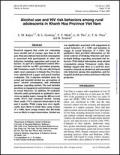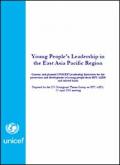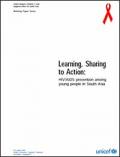Publications on Adolescents
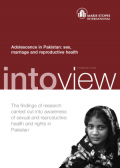
Resource | Publications,
With 158 million people, Pakistan is one of the most populous countries in the world. It is also one of the poorest, with 66% of the total population living on less than US$2 a day (Population Reference Bureau, 2005.). In Pakistan, as in many developing countries, poverty is intrinsically linked with poor sexual and reproductive health (SRH).
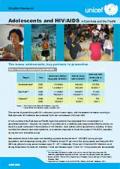
Resource | Publications,
Interventions focused on the most highly vulnerable young people are often said to be the key to slowing or halting the epidemic. However, capacity is clearly inadequate in many countries, and includes an insufficient availability of human and financial resources, as well as a lack of systematic tracking for behavioural trends and risks.

Resource | Publications,
The survey is a follow up to the baseline reproductive health survey of 1999. It provides information for evaluating the five-year Reproductive Health Programme of the Ministry of Health and the Department of Public Health as well as new information about adolescent sexual and reproductive health to guide future programmes aimed at youth.
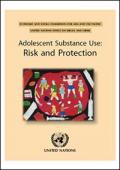
Resource | Publications,
Adolescent Substance Use: Risk and Protection responds to young people's call for action against substance use. This publication provides an insight into planning and delivering effective treatment and rehabilitation programmes for adolescent substance users – in the Greater Mekong Subregion and beyond.
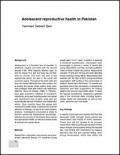
Resource | Publications,
Adolescence is a formative time of transition to adulthood, roughly concurrent with the second decade of life. What happens between ages 10 and 19 shapes how girls and boys live out their lives as women and men—not only in the reproductive arena, but also in the social and economic realms. Throughout the world, girls and boys are treated differently from birth onward, but at puberty this gender divide widens.
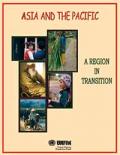
Resource | Publications,
At the International Conference on Population and Development held in Cairo in September 1994 and its subsequent review in 1999 (ICPD+5), 179 countries agreed that population and development are inextricably linked, and that empowering women and meeting people’s needs for education and health, including reproductive health, are necessary for both individual advancement and balanced development.
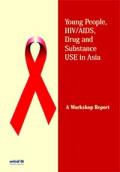
Resource | Publications,
The inter-regional workshop ‘Young people, HIV/ AIDS, Drug and Substance Use in Asia’ organized jointly by the UNICEF East Asia and the Pacific Regional Office (EAPRO) and the Regional Office for South Asia (ROSA), in collaboration with UNDCP Regional office for South Asia, took place in Kathmandu, Nepal, from 18 – 22 March 2002.






